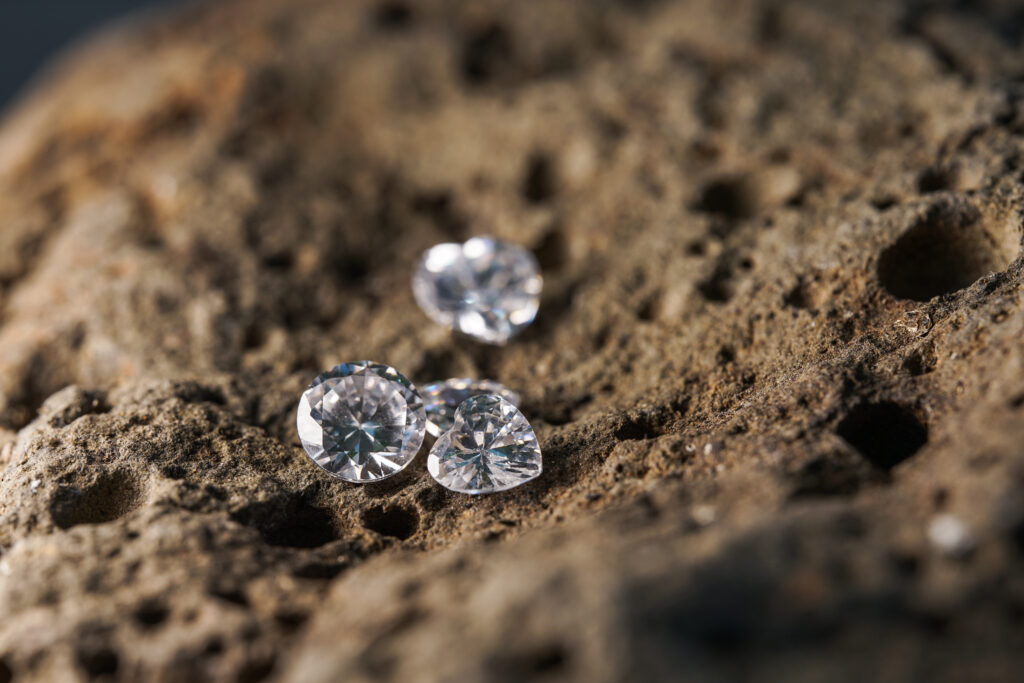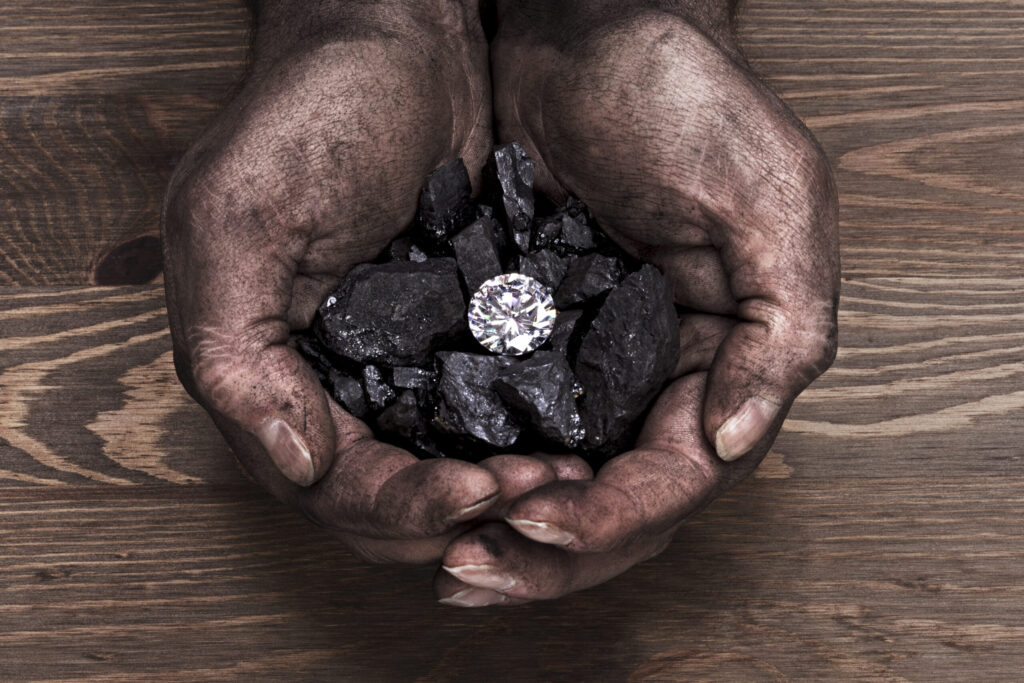
Diamond Mining – The Environmental Impact
Diamond Mining - The Environmental Impact
That beautiful diamond engagement ring, stunning pair of solitaire earrings or multiple carats of diamonds glistening against your delicate wrist whilst wearing the perfect tennis bracelet. Have you ever wondered how these diamonds made it to your piece of jewellery?
I touched on conflict diamonds and the truth behind blood diamonds on a previous post here and today I wanted to discuss another reason why lab made diamonds are far more superior to earth mined diamonds when it comes down the the damaging environmental effects of natural diamond mining.
Did You Know 1 Carat = 1,750 Tonnes of Earth
Yes, that is correct. In order to naturally mine a 1 carat diamond nearly 1750 tonnes of earth and the ore must be removed. That is roughly the same weight as 250 African Elephants.
It is not usually something you would think about when buying a diamond but these environmental impacts of diamond mining are something that we, as the consumer should be aware of.
Here are just some of the environmental effects of mining:
- Pits as deep as 2.5 miles are created
- Humans are forced to relocate to other areas
- The natural habitat of animals and wildlife is stripped away including natural food sources
- Trees and plants are uprooted, in extreme circumstances the entire ecosystem of the area collapses
- Food source for wildlife is removed due to deforestation to gain access to mines
- Wildlife are forced to relocate and end up being killed in the process as roads, dams and other infrastructure is created
- Intense noise pollution from heavy machinery, regular trucks, and use of explosives.
- Some mines will artificially move the natural flow of a river and move its course – this movement affects aquatic life and results in the death of many different aquatic species
- Dumping of the earth’s crust from creating deep pits results in harmful chemicals leaching into the water supply. This harms fishes and other aquatic animals
Angola is the 3rd largest diamond mining country in Africa, the mines have been exhausted and left behind with huge open pits. Over time these pits continuously increase in size, on a day of heavy rainfall the erosion can lead to expanding the pits by upto 20 metres. This water logging causes an increase in sediments in the water, surrounding rocks and debris release harmful & toxic chemicals into the water stream and causes irreversible harm to wildlife. In a country where water is already so scarce and there is a lack of suitable drinking water this is unacceptable. Villagers in the local area heavily depend on a fresh water supply from rivers & streams. This environment also makes a perfect breeding ground for water-borne diseases such as typhoid and causes infestations of bacteria carrying insects such as mosquitoes which cause malaria.
In a third world country where there is a major lack of an adequate healthcare system these risks can be reduced if diamond mining was carried out in a sustainable and responsible manor. However, this is just one example of the reckless behaviour by huge diamond companies.
Some well known diamond mining companies have left mines in South Africa in such horrible and unsustainable conditions that it is not habitable and over 45 different species of plants have been threatened and become extinct. The size of abandoned unsustainable diamond mines in South Africa alone is approximately 2000 football fields!
These diamond mining companies very cleverly sell the mines to substantially smaller local companies when they are coming up to exhaustion. This so they do not have to oblige with the law which states “once a mine is closed down, companies are obliged to provide the financial and other resources to ensure the disturbed area are returned to a state that is equivalent or better than it was before mining started” De Beers sell their mines to companies who do not have the capacity to fulfil the regulations and so they are left in extremely poor conditions.






